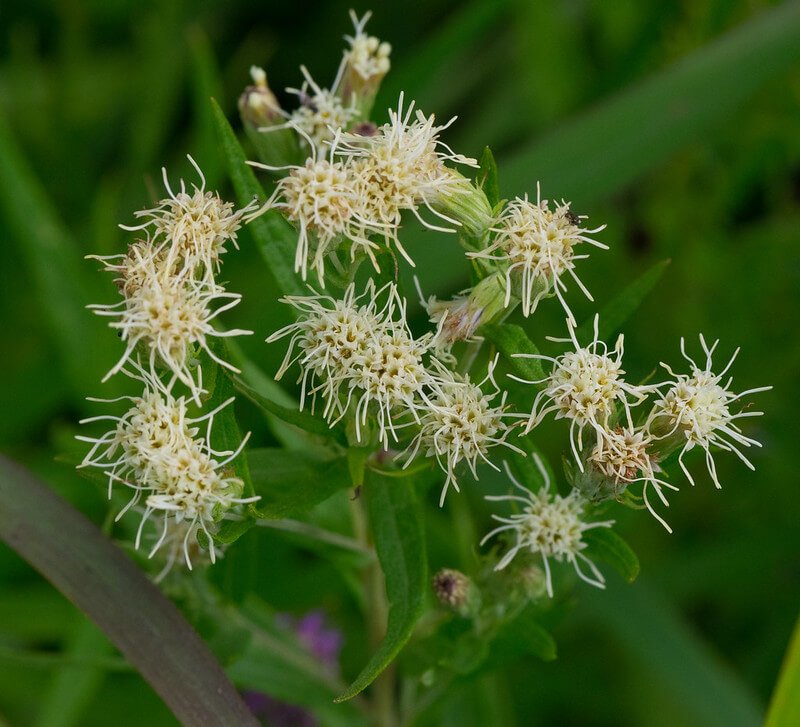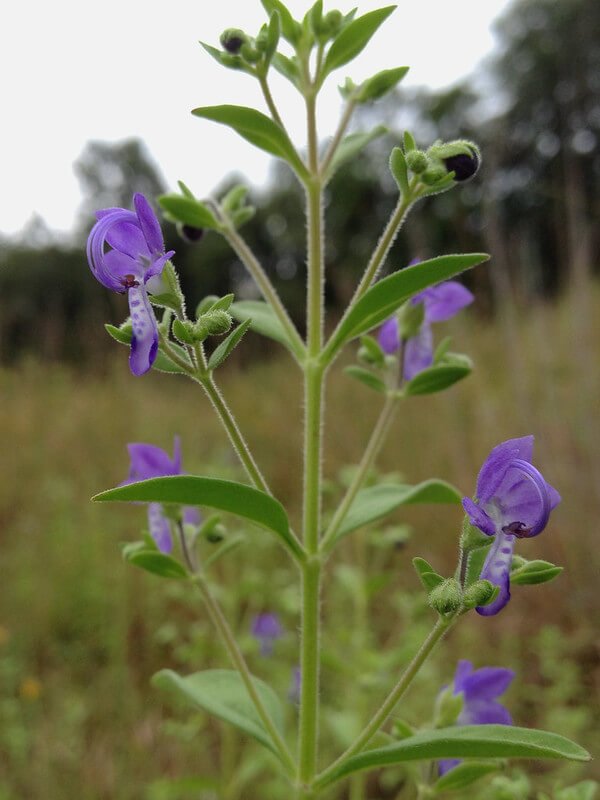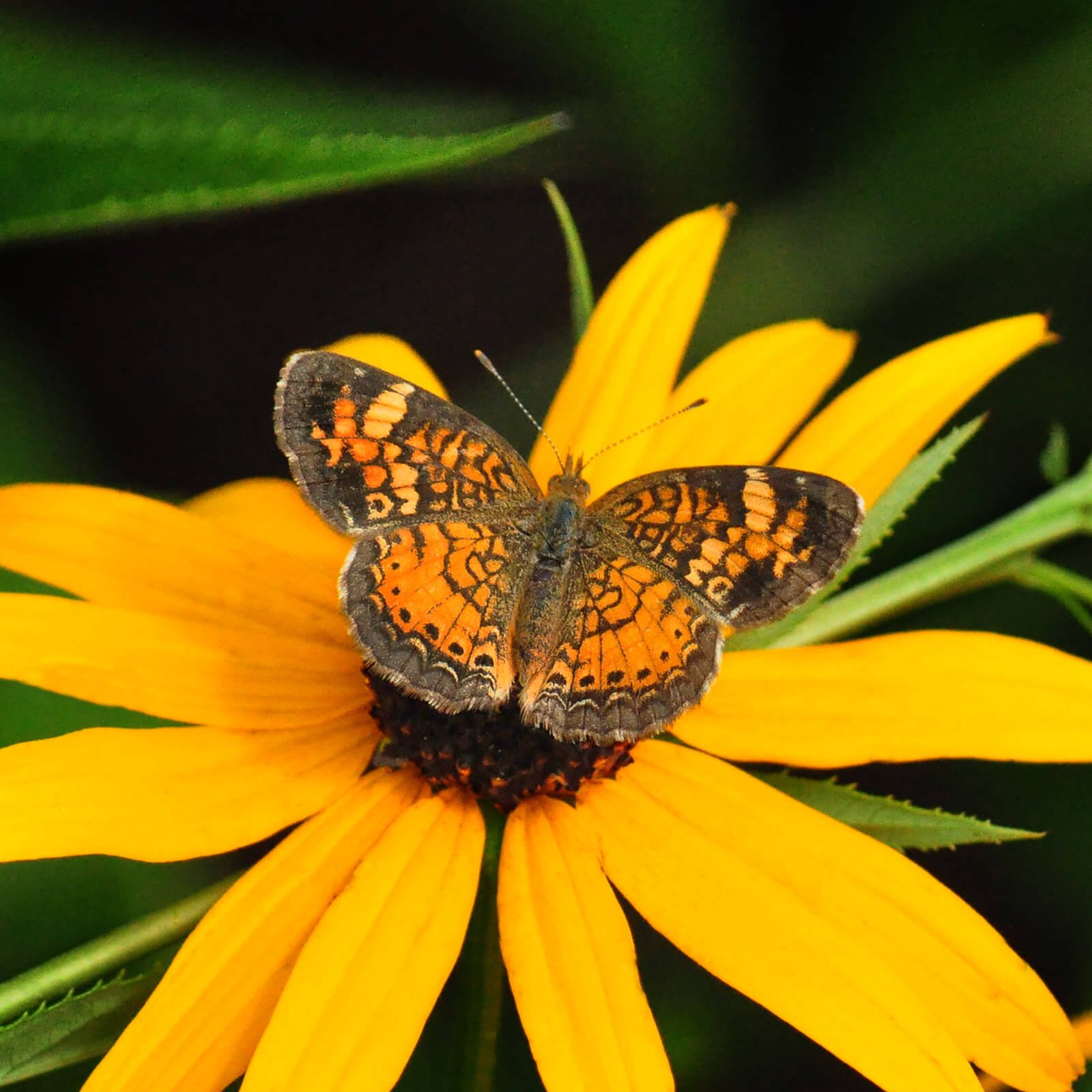Life Cycle: Perennial
Sun Exposure: Full, but will tolerate some part-shade
Soil Moisture: Medium-Dry
Height: 1-2 feet
Plant Spacing: 1 foot
Bloom Time: June-September
Bloom Color: Yellow
Advantages: Pollinator Favorite (potential)
Species of Concern: State Status: Threatened (legally protected), State Rank: Imperiled (mnfi.anr.msu.edu)







